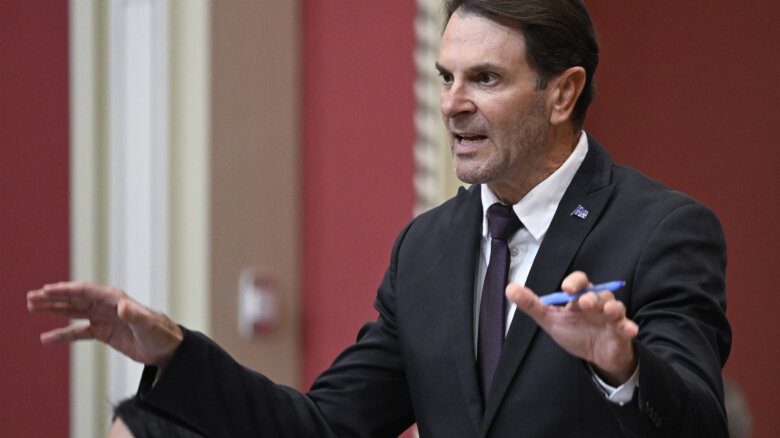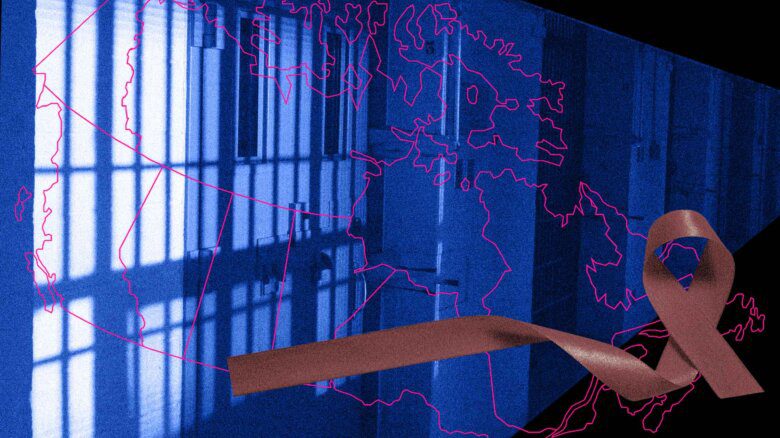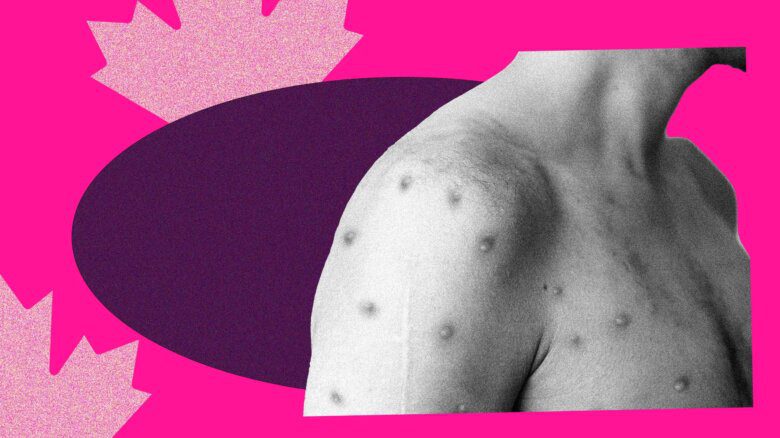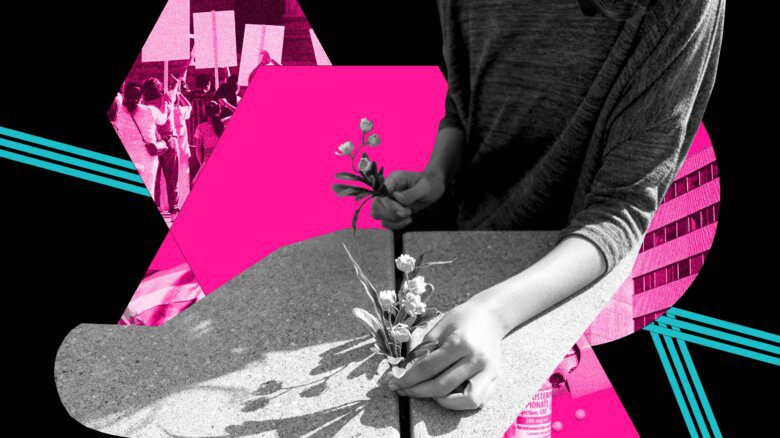Last month, infamous billionaire Elon Musk and equally infamous provocateur Jordan Peterson recorded a video interview in which Musk claimed that his 20-year-old trans daughter, Vivian Jenna Wilson, was “killed by the woke mind virus.” With this dramatic turn of phrase, Musk implied that his daughter had somehow been unduly influenced into gender transition by a nefarious ideology intent on manipulating vulnerable youth. In additional commentary made through a post on X, the social media platform he owns, Musk further claimed that his child “was born gay and slightly autistic, two attributes that contribute to gender dysphoria … but he was not a girl.”
Though the comments were sharply decried by Wilson—who had previously disowned her father—the interview was met with thunderous fanfare from groups in the so-called “gender critical” movement.
One such group, Gays Against Groomers (an organization of lesbian, gay and bisexual people whose self-described mission is to fight “against the sexualization, indoctrination and medicalization of children under the guise of LGBTQIA”), made several X posts in support of Musk, tweeting: “Gay and autistic youth are the Gender Cult’s biggest targets. It’s genuinely one of the most evil movements that has ever existed.” Right-wing journalist Ian Miles Cheong echoed the sentiment, writing on social media, “This is who they prey on. Autistic kids who are homosexual.”
These disturbing statements reflect not only the general state of moral panic around trans rights and trans youth, but also a particular narrative that is becoming increasingly popular among the “gender critical”: the idea that trans rights are in fact a conspiracy to “trans the gay away,” and that permitting gender transition and gender-affirming medical care for young people are in fact forms of anti-gay, and in some cases, anti-autistic or ableist, conversion therapy.
“Transing the gay away” is the notion that all or most children, teens and young adults who express gender non-conformity are gay or bisexual, rather than trans, and the trans community is (for reasons that remain stubbornly hazy) brainwashing them into transitioning. This is supposedly aided by the complicity of homophobic parents and doctors who would prefer ostensibly gay children to grow up trans—and therefore straight—since the assumption is apparently that there are no gay, bisexual or otherwise sexually diverse trans people.
It’s important to note that “transing the gay away” is a notion comprising a series of convoluted logical twists that, while clearly compelling to some, cannot be said to reflect reality. In a 2020 academic article titled “Homophobia, conversion therapy, and care models for trans youth,” professor and scholar of bioethics Florence Ashley swiftly pulled apart the supposed logic of this concept:
In the first place, Ashley pointed out that a significant number of trans people, including adolescents and young adults, identify themselves as lesbian, gay, bisexual or queer post-transition, meaning that there is no factual basis for transition as a means of disguising or eradicating homosexuality and bisexuality.
Research—even research conducted by clinicians and academics who oppose youth transition—has shown that, for some parents, having a child grow up lesbian, gay or bisexual is preferable to having a child transition. (That is a trend that I myself have observed as a former public sector family therapist to the parents of trans young people.) Parents are more likely to try to convince their kids to “just” be gay rather than trans.
Ashley also pointed out that although both homophobia and transphobia remain prevalent in society at large, empirical research on societal attitudes suggests that transphobic beliefs are overall stronger and more prevalent than homophobic beliefs—meaning that youth and their families are unlikely to try and use transition as an “escape” from homophobic prejudice.
Ashley’s observations are well-crafted reflections of a perspective that is obvious to many of their trans contemporaries: Namely, that “transing the gay away” is an absurd idea to those of us who have spent our lives immersed in queer and trans community, and in a society that is both homophobic and transphobic.
Yet this persistent myth, with its sympathetic veneer of concern for gay, bisexual and neurodivergent youth, has become a favoured talking point among gender critical agitators. It has appeared repeatedly in major media outlets in the past few years and received endorsements from a minority of health professionals as well as prominent “gender critical” cultural figures.
While the sincerity of these “gender critical” individuals is debatable (and likely varied across individuals), what is clear is that the strategic value this “transing the gay away” narrative has to the overall movement against trans rights—it paints “gender critical” values as progressive and welcoming of sexual and gender diversity while casting trans rights as regressive, ableist and homophobic.
For gender critical activists, this is a no doubt helpful role reversal, given that trans rights have traditionally been closely associated with lesbian, gay and bisexual rights, as well as with intersectional social justice and disability justice more broadly.
The “transing away the gay” narrative allows gender critical activists to deflect accusations of bigotry by claiming that they are in fact trying to protect members of an oppressed minority group (or perhaps even two minority groups, when disability is involved). It also breaks apart the historic solidarity and connection shared by gay (to use the term broadly) and trans people, who in many places and at many points in time, have not always considered themselves to be wholly separate groups.
“The weaponized nature of ‘transing away the gay’ rhetoric has led to anything but curiosity and respect. ”
At its most sympathetic, the “transing the gay away” idea appears to stem from the desire for some space for cis lesbian, bisexual and gay individuals who are confused and disturbed by contemporary trans politics to express their concerns—which is not necessarily a bad thing. For example, over the past decade, there has been a long-simmering tension within queer communities about the so-called “disappearing butch” phenomenon: the apparent trend of formerly self-identified butch dykes taking on transmasculine or trans non-binary identities as gender-affirming care has become more available.
It’s understandable that within queer women’s communities, especially for members of older generations, there might be confusion, nostalgia or even a sense that a hard-won butch dyke identity is being cast aside in favour of trans masculinity.
This is a potentially rich and relationship-deepening conversation that can be held with curiosity, respect and—crucially—without veering into transphobia. It is important, for example, to discuss the ways in which diverse sexual orientations and gender identities have historically overlapped, and how this overlap has changed over time. Such conversations have the potential to create stronger intergenerational bonds within queer community, and with that, greater possibilities for mutual care and belonging.
Yet the weaponized nature of “transing away the gay” rhetoric has led to anything but curiosity and respect.
Indeed, at its worst, “transing away the gay” is a smokescreen that disguises not only transphobia but virulent homophobia within the “gender critical” movement. The fact is that while some in the “gender critical” movement consider themselves liberals, feminists or some other form of progressive, many have also voiced sentiments that are difficult to construe as anything other than straight-up homophobic.
Gender critical darling and social media commentator Kellie-Jay Keen-Minshull (aka Posie Parker), for example, has publicly opposed the legal recognition of lesbian couples as parents. Similarly, political commentator Matt Walsh, who has been lionized by the “gender critical” community for his anti-trans documentary What Is a Woman? has said that it is comparatively better for a child to have their limbs amputated than to be raised by gay parents.
At its core, “transing the gay away” is nothing more than a recapitulation of the old bogeyman myth at the core of most moral panics: that among the virtuous flock, a wolf in sheep’s clothing is stealing the children. This age-old rhetoric, which taps into primal fears and xenophobic instincts, has been applied to many oppressed groups throughout the ages, in various forms: blood libel, the Witch Trials, anti-immigrant hysteria and, yes, homophobic stereotypes about lesbians and gays luring children away from their homes.
In order to combat the prejudice and mass hysteria that trans people and other minority groups are facing today, it’s essential that anyone truly interested in human rights learn to recognize and debunk the narratives that fuel them. Such narratives almost always mask themselves in the language of “protecting the children,” but contain, at their core, the fear of the Other and a demand to punish and control social outsiders. It’s time to put “transing the gay away” and all fear-mongering myths like it to rest for good.
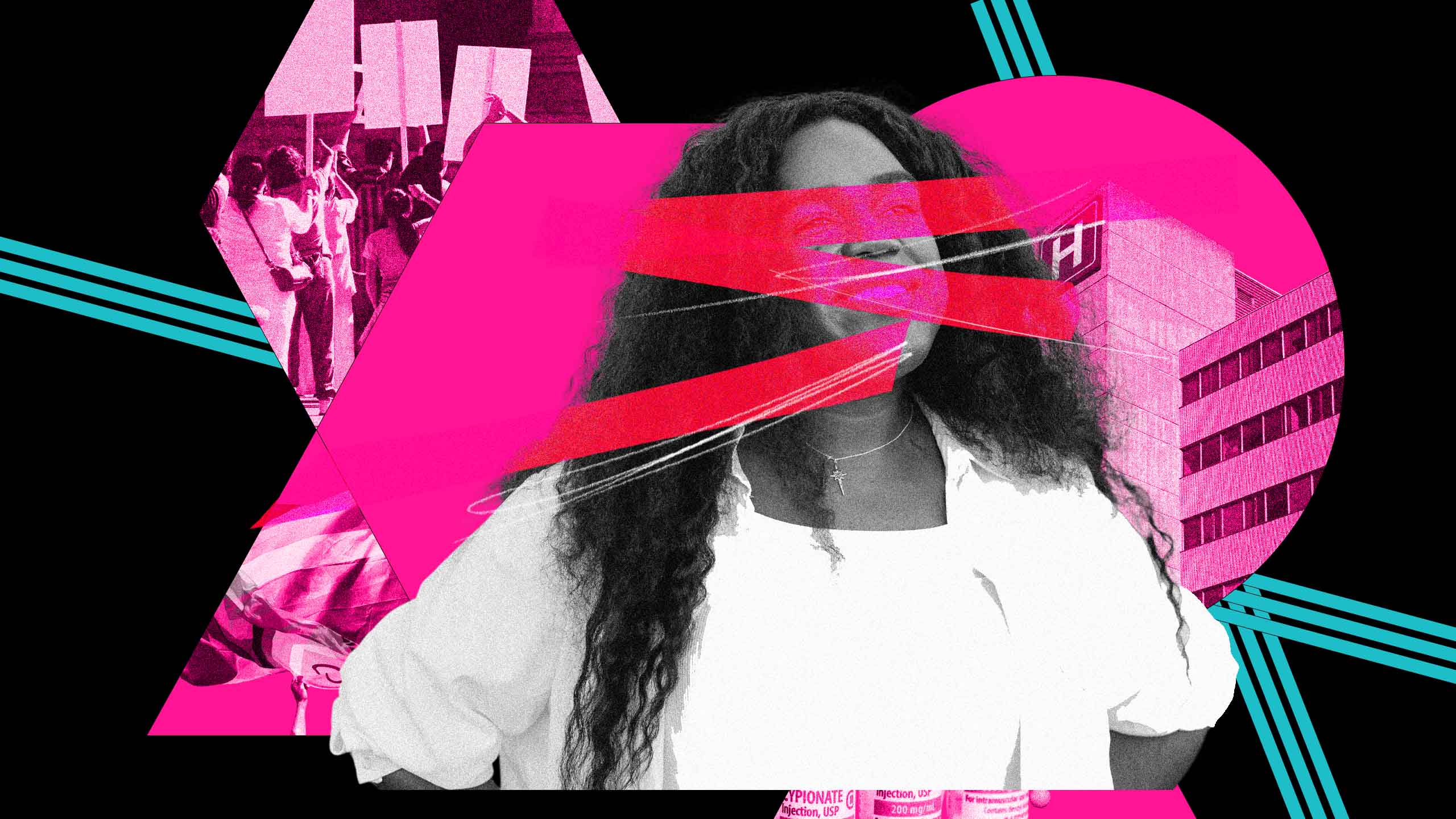

 Why you can trust Xtra
Why you can trust Xtra